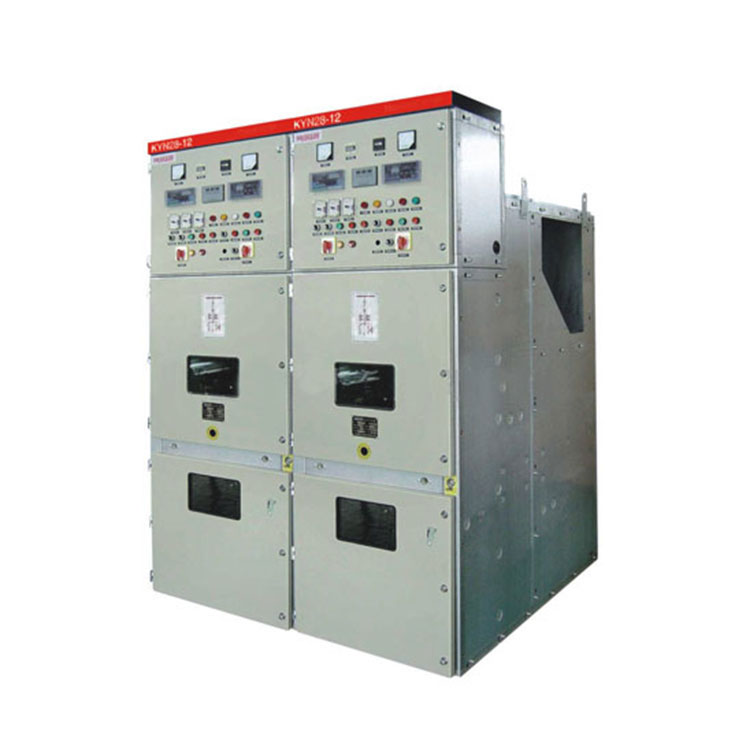- English
- Español
- Português
- русский
- Français
- 日本語
- Deutsch
- tiếng Việt
- Italiano
- Nederlands
- ภาษาไทย
- Polski
- 한국어
- Svenska
- magyar
- Malay
- বাংলা ভাষার
- Dansk
- Suomi
- हिन्दी
- Pilipino
- Türkçe
- Gaeilge
- العربية
- Indonesia
- Norsk
- تمل
- český
- ελληνικά
- український
- Javanese
- فارسی
- தமிழ்
- తెలుగు
- नेपाली
- Burmese
- български
- ລາວ
- Latine
- Қазақша
- Euskal
- Azərbaycan
- Slovenský jazyk
- Македонски
- Lietuvos
- Eesti Keel
- Română
- Slovenski
- मराठी
- Srpski језик
What is Air Insulated Switchgear?
2023-11-29
Air Insulated Switchgear is a switchgear used in power distribution and transmission systems. Unlike gas-insulated switchgear (GIS), which uses a gas (such as sulfur hexafluoride) as the insulating medium, AIS relies on ambient air as insulation between conductors and components within the switchgear.
Air Insulated Switchgear key features and components include:
Design: AIS consists of metal enclosed compartments or sections housing various electrical components such as circuit breakers, disconnect switches, busbars, voltage transformers and current transformers. The design allows these components to be exposed to the surrounding air.
Insulation: In an Air Insulated Switchgear, air is the primary insulating medium between the conductors and components. Insulators made of materials such as ceramic, glass or composites are used to support and separate electrical conductors, ensuring insulation and preventing arcing.
Environmental Considerations: Unlike GIS, AIS does not use specialized insulating gases and relies solely on ambient air for insulation. It is important to consider environmental conditions such as humidity, contamination and temperature changes, as these factors can affect the performance and insulation properties of the switchgear.
Maintenance: AIS typically requires more maintenance than GIS due to its exposed design, which makes components susceptible to environmental factors and contamination. Insulators, contacts and other components must be inspected, cleaned and maintained regularly to ensure proper operation and safety.
Footprint: AIS typically takes up more space than a GIS due to its larger physical size and the need for additional clearance for security purposes.
Cost: Air Insulated Switchgear tends to be more cost effective compared to GIS, especially for low voltage applications. No need for specialized insulating gases and a simpler design help lower initial costs.
AIS is typically used in medium-voltage applications and where space is not a constraint, such as outdoor substations, industrial facilities, and rural areas. However, its larger footprint and higher maintenance requirements make GIS more suitable for installation in urban areas or locations with limited space. The choice between AIS and GIS depends on a variety of factors, including voltage levels, space availability, environmental conditions and cost considerations.





